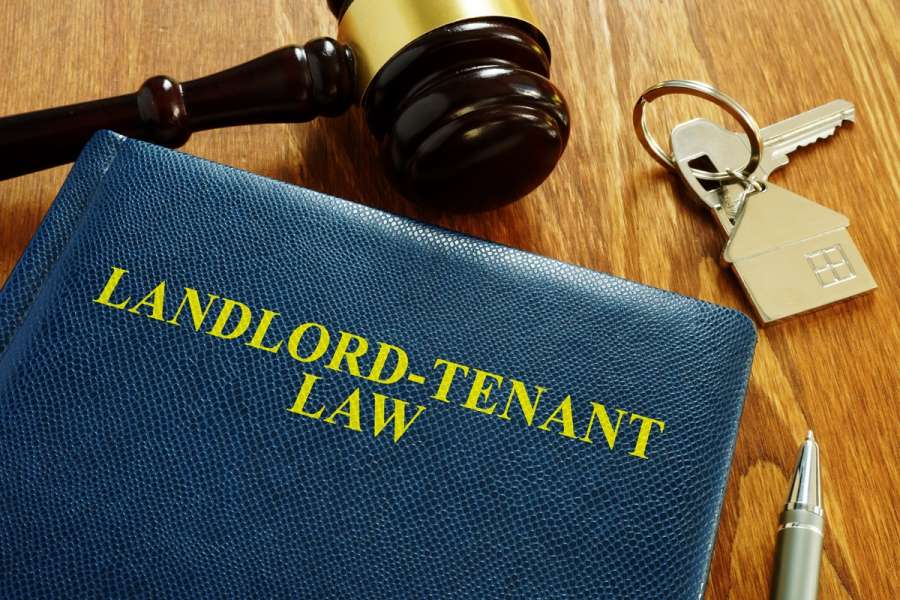
There are different consequences to the sub-tenants interest if a headlease is forfeited or surrendered.
Our Property Litigation Solicitors explore the impact on a sub-tenant in both scenarios.

There are different consequences to the sub-tenants interest if a headlease is forfeited or surrendered.
Our Property Litigation Solicitors explore the impact on a sub-tenant in both scenarios.
If the headlease is forfeited, this will automatically end a sub-lease, which will have consequences for the sub-tenant as they stand to lose their interest.
The subtenant may wish to remain in occupation of the property, and if they do, they can apply for relief from forfeiture under section 146(4) of the Landlord and Tenant Act 1925.
If a subtenant does wish to apply for relief from forfeiture, the application should be made within six months of the landlord taking possession.
It is important to understand that the parties cannot agree to relief without the court's consent and that the court has discretion over its granting.

If the sub-tenant's application is successful, the court can grant a vesting order. This impacts "vesting…the property comprised in the lease" to the sub-tenant.
The court also has the power to determine the lease terms, which usually coincide with the terms of the forfeited headlease. However, the new lease will not be for a term longer than the original term of the sublease.
Any other sub-interests the sub-tenant has created will not be reinstated, as those will fall away. Despite sub-tenants having this ability to apply for relief from forfeiture, many sub-tenants are deterred from applying.
This is because the court can impose conditions on the lease, making it more demanding on the sub-tenant.
For example, the court may decide that the sub-tenant should make good the former tenant's covenant breaches.
Furthermore, the sub-tenant must bear the application costs, including the landlord's.

When a headlease is surrendered, the impact is that the headlease will fall away, and the tenant under the sub-lease becomes the direct tenant of the superior landlord.
This effectively means that the subtenant will continue to occupy the property under the terms of the sublease.
However, if the superior landlord does not want to assume responsibility for the sub-leases and requires a full surrender with vacant possession, the tenant must agree to each sub-tenant's surrender.

If the head lease is disclaimed on the head tenant's insolvency, it implies ending all of the intermediate tenant's rights and obligations.
The superior landlord will not become the direct landlord of the sub-tenant.
Instead, the sub-tenant will retain a set of rights to remain in occupation of the property, but this will be for a term no longer than the original term of the sublease.
It will also be based on the subtenant's compliance with the lease terms, including payment of all rent.
Sub-tenants are also open to applying for a vesting order.
The Court will grant an order on such terms that it thinks fit, and the order will make the sub-tenant the immediate tenant of the landlord.

If you're a sub-tenant affected by a headlease being forfeited, surrendered, or disclaimed, contact our Property Litigation Solicitors for expert advice on protecting your rights and interests.